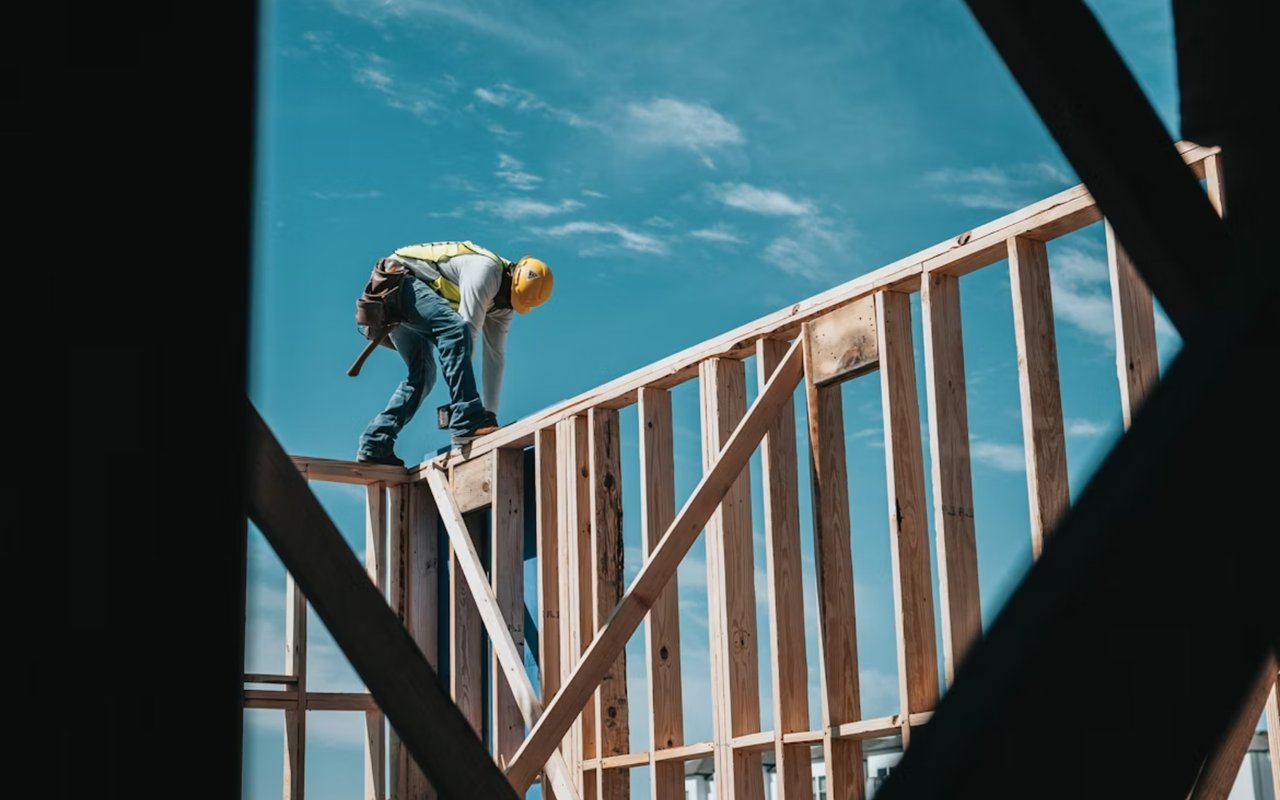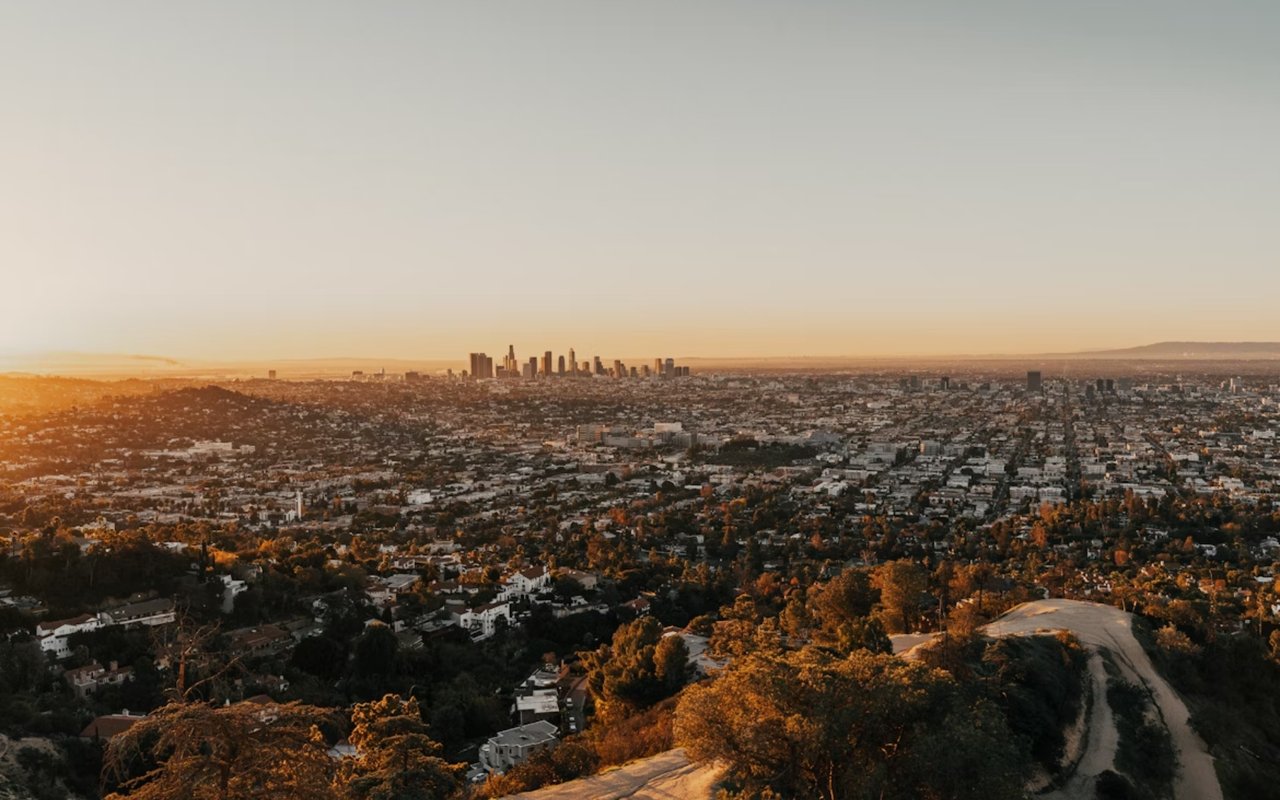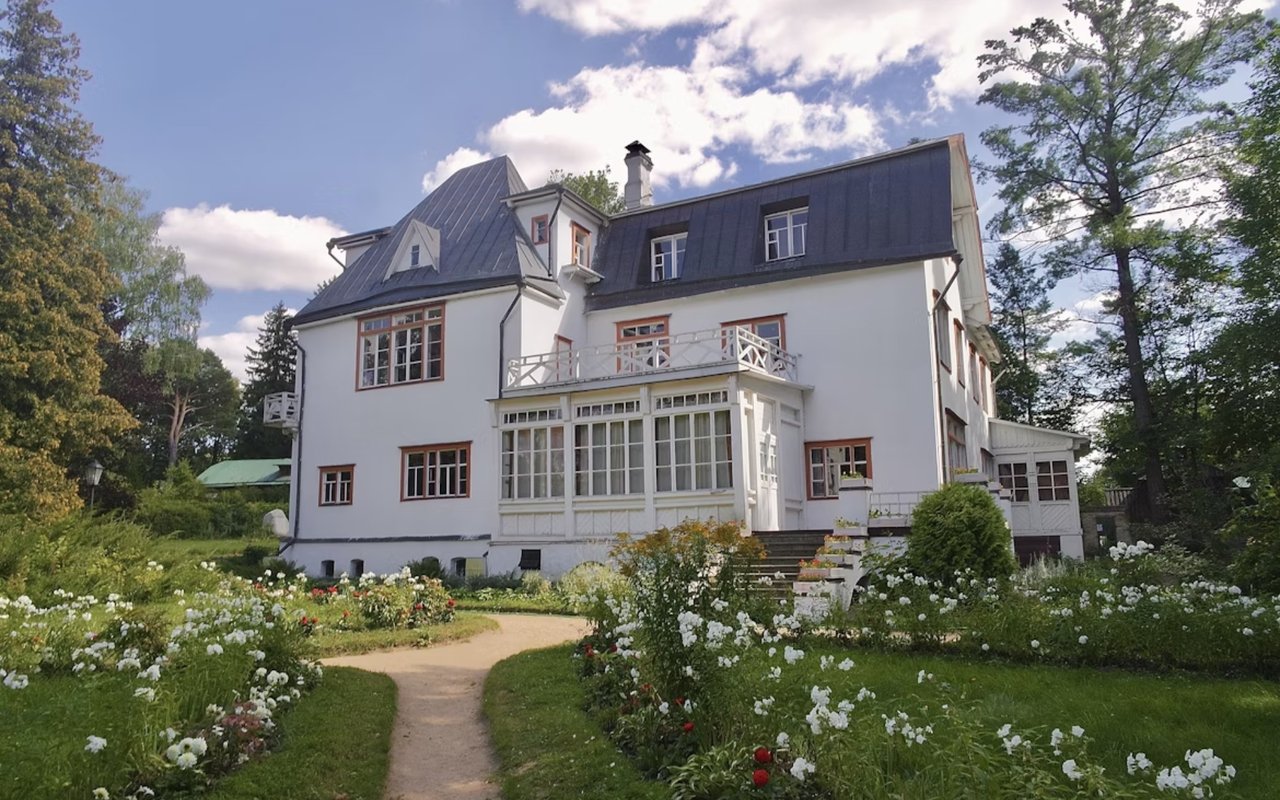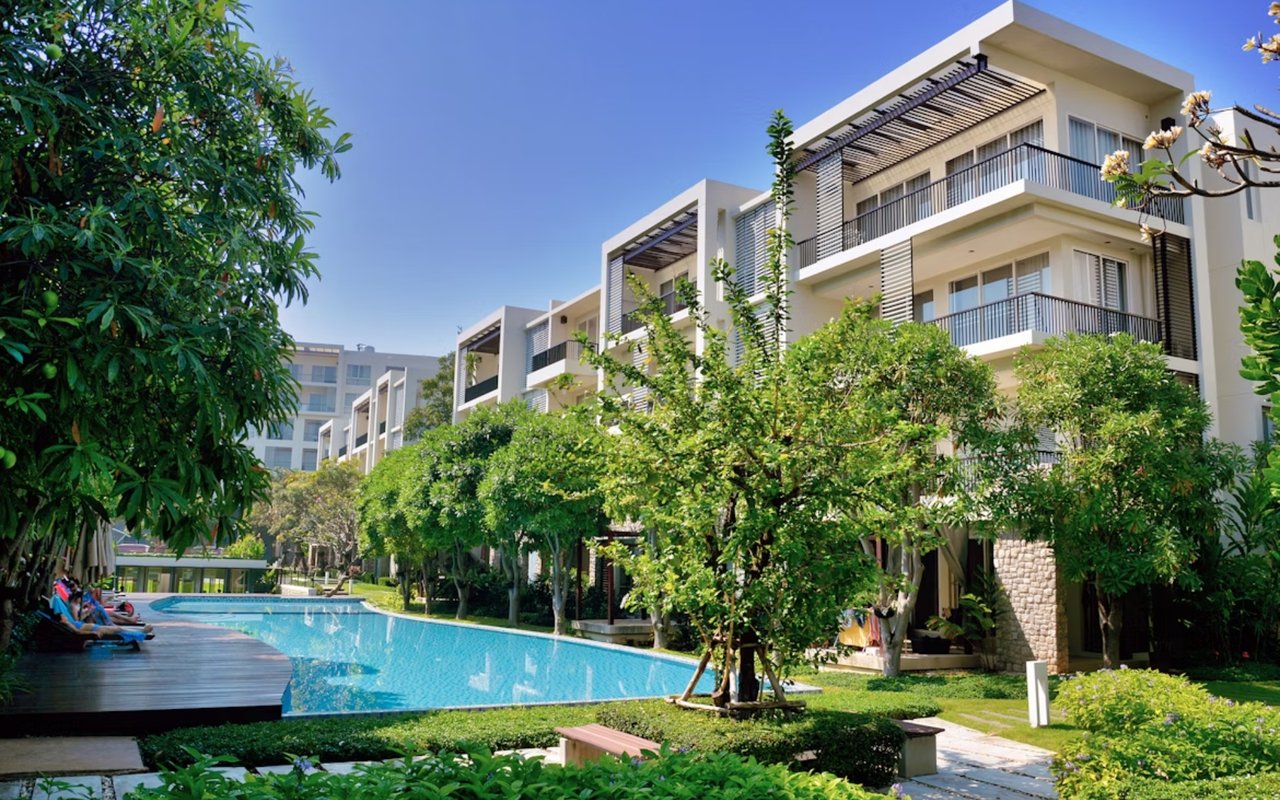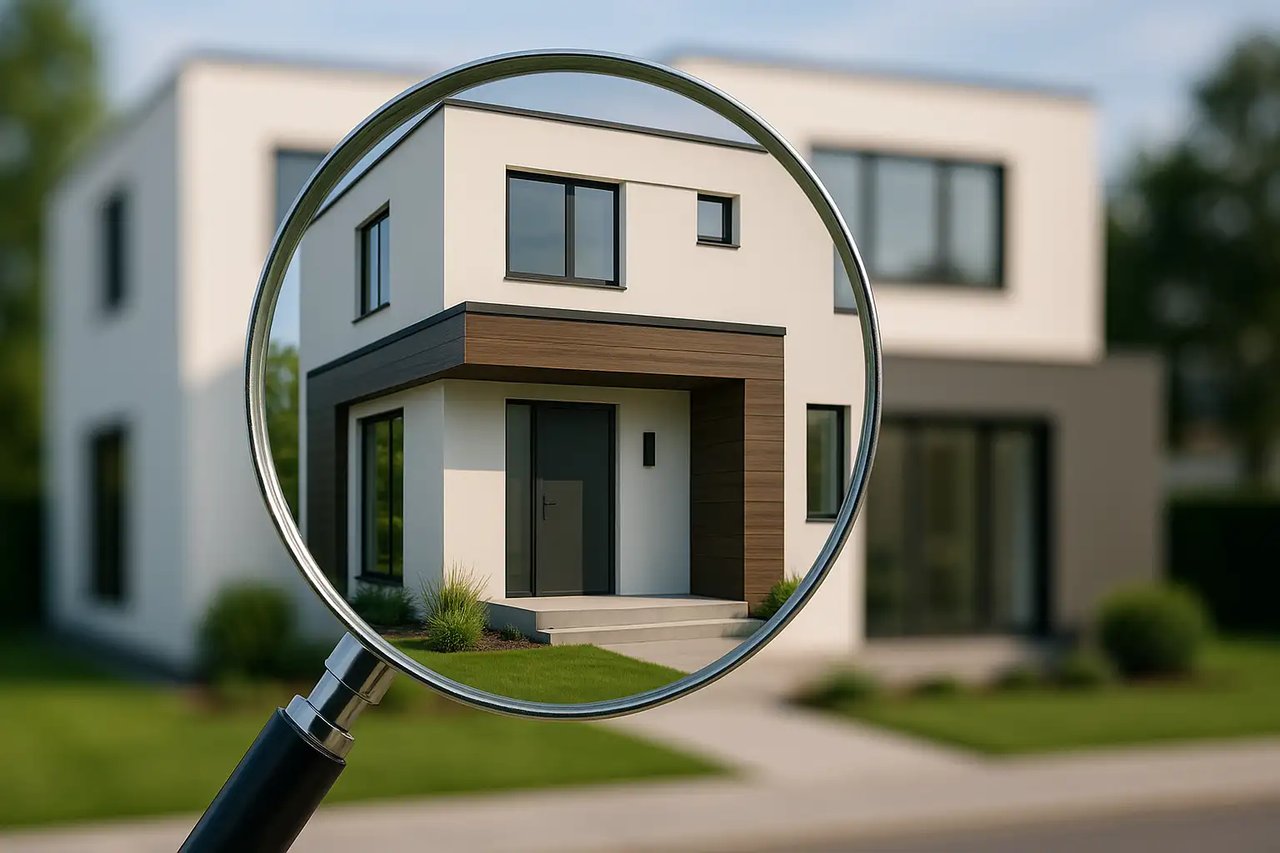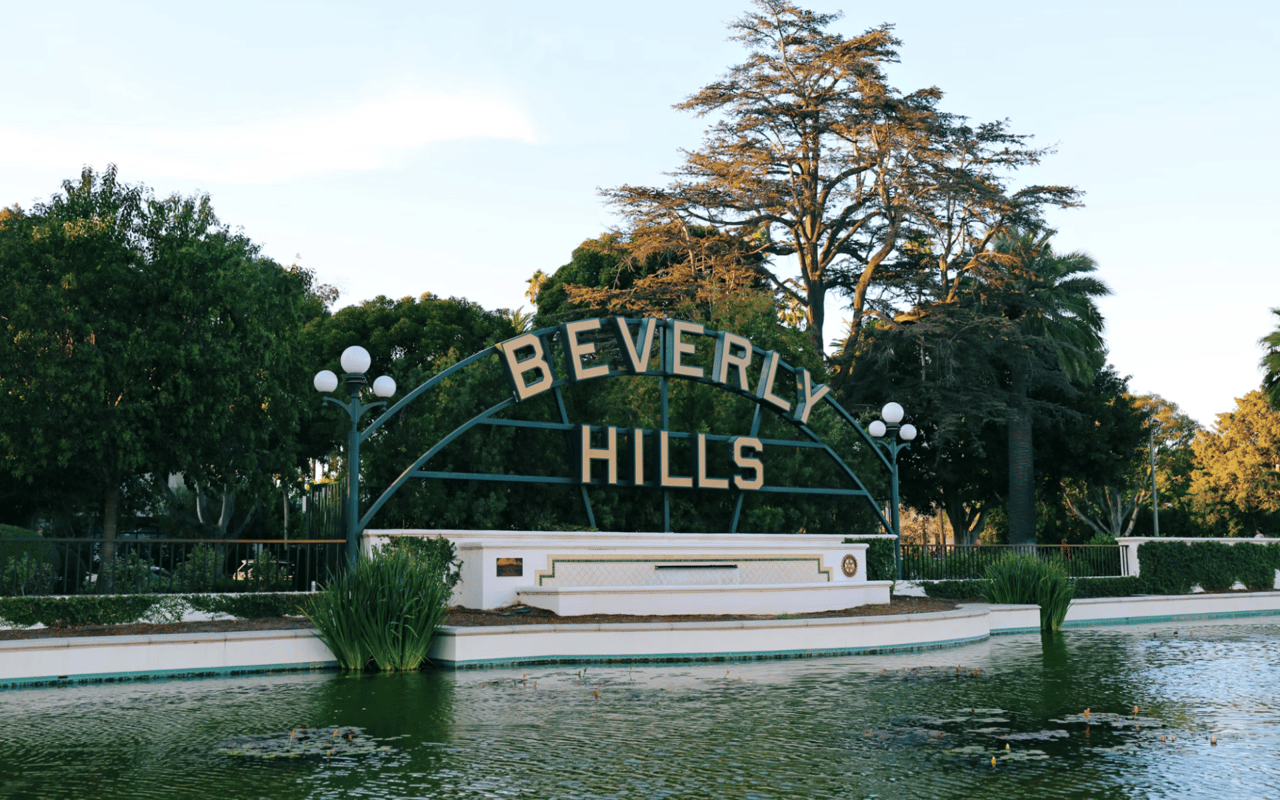The idea of building a custom home carries a special kind of anticipation, especially in a neighborhood as iconic and vibrant as
Studio City. With its unique blend of suburban calm and creative flair, this Los Angeles enclave offers a rare opportunity for homeowners to create something tailored to their lifestyle, aesthetic preferences, and future needs. From understanding the local zoning code to selecting a builder who can meet Studio City's distinct design expectations, every step of the process requires thoughtful planning.
Understanding the Local Landscape
Nestled along the northern slope of the Santa Monica Mountains, Studio City’s topography creates both scenic advantages and regulatory considerations. Many lots are located in hillside areas, which fall under the City of Los Angeles’s Baseline Hillside Ordinance. This regulation governs things like grading, retaining walls, and the maximum square footage allowed based on slope and lot size. For flatland lots, zoning under the Residential Single-Family (R1) or Residential Estate (RE) designations typically applies, which determines how much of the lot can be covered and how tall a structure can be.
Securing permits from the Los Angeles Department of Building and Safety (LADBS) is mandatory before construction can begin. If the property is located in a designated Hillside Zone or within a Specific Plan area like the Studio City Residential Floor Area District, there may be additional steps, such as environmental review or floor area limitations. Engaging a local architect early in the process is essential to navigate these layers efficiently.
Planning Your Dream Layout
One of the biggest advantages of building a house in Studio City, CA, is the opportunity to create a space that meets your exact specifications. Whether you envision a mid-century modern build with clean lines and panoramic glass or a more traditional Mediterranean-inspired design, the neighborhood accommodates a wide range of architectural styles. However, consistency with surrounding homes and thoughtful integration into the landscape are both encouraged—if not required—by local ordinances.
Your architectural design will need to take into account both the macro and micro perspectives. On a broader scale, things like sun orientation, privacy from neighbors, and views of the mountains or city skyline are all worth exploring. On a granular level, details like kitchen flow, bedroom placement, and even the location of outdoor entertainment areas contribute to how livable your future home will be.
Selecting the Right Builder
Studio City is home to a number of highly regarded general contractors and custom home builders, many of whom have experience navigating the city’s specific permitting and inspection processes. Choosing a builder who’s well-versed in local building codes, hillside construction, and sustainable practices can save significant time and reduce friction as your project progresses.
Vet potential builders carefully. Ask for recent references, tour completed homes if possible, and evaluate how well they communicate throughout the bidding and planning stages. Transparent pricing, detailed timelines, and a strong portfolio of work are all green flags. Many homeowners also choose to work with a design-build firm that consolidates the architecture, interior design, and construction into a single coordinated effort.
Costs and Timelines to Anticipate
The cost of building a home in Studio City depends heavily on the size of the lot, the complexity of the terrain, and the scope of your design. In hillside areas, the cost of foundations, retaining walls, and erosion control can be significant. Flatland lots, by contrast, may require less site work but could still carry a premium due to location.
Timeframes can vary widely. Expect at least 12 to 18 months from permitting through completion, depending on the complexity of the build. Permitting alone may take three to six months, especially if special reviews are required. Partnering with a knowledgeable project manager or consultant can help prevent costly delays and ensure deadlines are realistic from the outset.
Studio City Design Aesthetics and Preferences
While Studio City doesn’t enforce a strict design code for single-family homes, it does have an unspoken visual language that resonates throughout the community. Contemporary homes with clean stucco exteriors, natural wood accents, and large open windows are common. Many builds feature a seamless indoor-outdoor living concept, with bi-fold doors opening to landscaped yards, outdoor kitchens, and infinity-edge pools.
Interior trends tend to lean toward open-concept layouts with high ceilings and high-end appliances. Light oak floors, minimalistic cabinetry, and natural stone finishes create a blend of warmth and sophistication. Thoughtful lighting design—both ambient and architectural—has also become a staple in new construction.
Many homeowners also incorporate eco-conscious features like solar panels, drought-resistant landscaping, and greywater systems. These not only contribute to long-term cost savings but also increase appeal in a market that increasingly prioritizes sustainability.
Utility Connections and Infrastructure
When building a house in Studio City, CA, you’ll need to coordinate utility hookups through local providers. This includes water, gas, and electricity. Sewer lines in most parts of Studio City are well-established, but in certain hillside parcels, septic systems may still be in use or required. Checking for access to public utility connections is a critical step during lot acquisition.
Infrastructure improvements such as storm drains, curbs, and sidewalks are sometimes required, particularly in areas with less existing development. Your builder should coordinate with the Bureau of Engineering and the Department of Public Works to ensure all requirements are fulfilled.
Building for Resale Value
Even if you plan to stay in your custom-built home for years, keeping future resale value in mind is a smart strategy. Studio City is a desirable area for families, entertainers, and professionals, so creating a design that balances luxury with functionality is key. Features like a spacious primary suite, open kitchen-to-living flow, a dedicated office space, and well-integrated outdoor areas can add long-term value.
Smart home features are another strong investment. Integrated security, automated lighting, and climate control systems are increasingly standard in new builds. These additions not only enhance daily convenience but can make your property stand out in future listings.
A Custom Path to the Studio City Lifestyle
For those with the vision, resources, and patience, building a house in Studio City, CA, is one of the most rewarding ways to establish a long-term home in Los Angeles. The area offers a rare combination of community charm, access to entertainment industry opportunities, and proximity to nature—all of which make it a compelling place to plant roots. Custom building here allows you to tap into the neighborhood’s character while creating a space uniquely yours.
Build Your Dream Home in Studio City
Navigating the ins and outs of the Studio City real estate market—especially when building from the ground up—requires both experience and local insight. With deep knowledge of zoning regulations, neighborhood dynamics, and current market trends, Tammy Jerome provides a level of expertise that can make your custom home journey both smooth and successful. From selecting the right lot to finding a builder who shares your vision, Tammy can guide you every step of the way to ensure your dream property in Studio City becomes a reality. To begin your home-building journey,
contact Tammy Jerome today.
*Header image courtesy of Unsplash